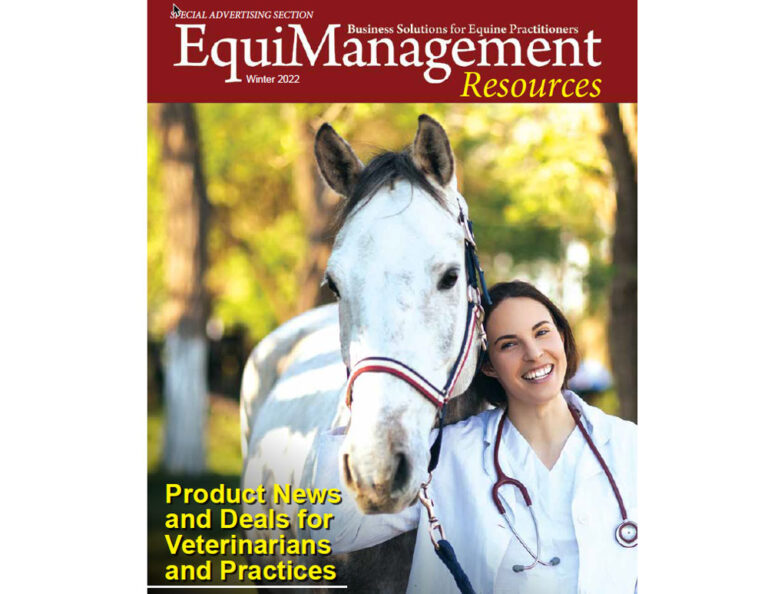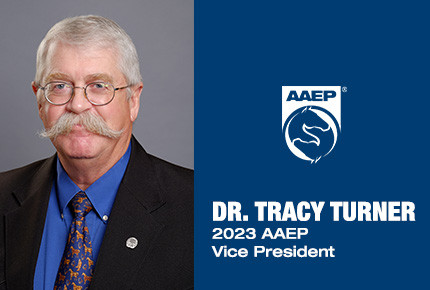
Early-life locomotor activity during turnout might alter susceptibility to musculoskeletal disease and injury via modulation of behaviors and tissue development during growth in young horses. The aim of this prospective cohort study was to investigate associations between turnout practices and rates of musculoskeletal disease and injury in young Thoroughbreds on stud farms in the United Kingdom.
Daily records documented the location and duration of turnout for 134 Thoroughbred foals on six stud farms from birth until leaving the farm or exiting the study. Data on veterinary-attended episodes of musculoskeletal disease or injury were collated concurrently. Average daily turnout times (hours), areas (acres), and group size (n foals) were calculated for rolling 7- and 30-day periods of age. Multivariable Cox regression, including farm as a random effect, was used to investigate associations between turnout practices and musculoskeletal disease and injury in the young Thoroughbreds.
Incidence of Musculoskeletal Disease or Injury
The overall incidence of musculoskeletal disease or injury was 5.3 cases/100 foal-months at risk (95% confidence interval [CI]: 4.2–6.6). Compared with 24/7 turnout, average daily turnout times of between nine and 23 hours over a seven-day period were associated with a 4.6-fold increase in musculoskeletal injury rate (95% CI: 1.7–12.3; P < 0.001), adjusting for farm and paddock area. Each 1-acre increase in the average daily turnout area during the fourth month of life reduced the rate of musculoskeletal disease and injury between 6 and 18 months of age by 24% (hazard ratio 0.76, 95% CI: 0.58–0.99; P < 0.001), adjusting for farm and turnout time.
Bottom Line
Results suggest that disruptions or alterations to turnout time routines increase injury risk and should be avoided where possible. Turnout in larger paddocks, particularly before weaning, might confer protection against subsequent musculoskeletal disease and injury in young Thoroughbreds.








